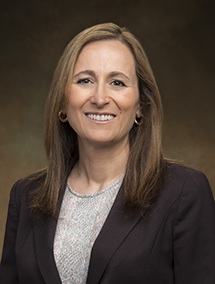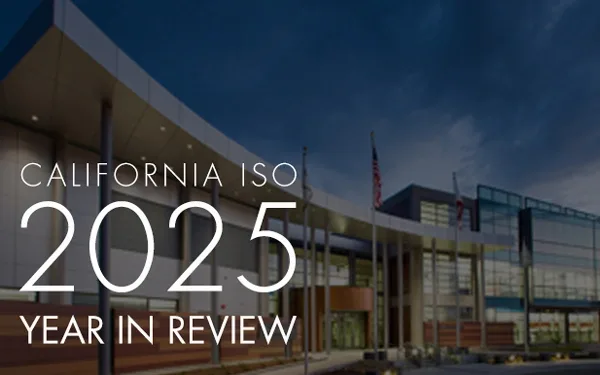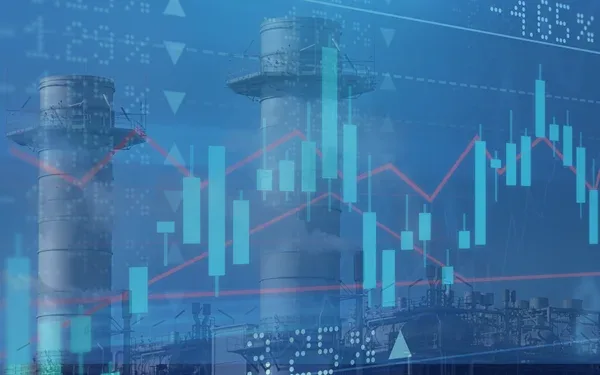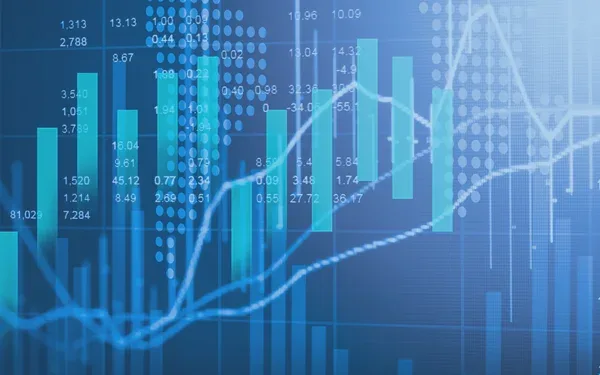Next phase in EDAM stakeholder initiative

Working with hundreds of stakeholders in California and across the West, our Extended Day-Ahead Market (EDAM) team has made considerable progress on market design since the beginning of the year. We now enter a new phase of the stakeholder process through workshops designed to address specific areas raised in comments received after publication of an initial straw proposal in May.
A lot of hard work remains, but I have been very encouraged in our review of more than 500 pages of comments from 47 different entities on the straw proposal that there do not appear to be insurmountable design issues. Instead, the feedback tells me and our EDAM team that we have been moving in the right direction with the different market concepts, thanks in large part to stakeholder participation in the working group process. I am confident we will be able to efficiently and transparently vet new versions of the proposal as we continue moving forward.
Seven different workshops, starting at 1 p.m. today, on Monday July 11, will dig more deeply into specific aspects of our first straw proposal that stakeholders’ comments identified as needing additional consideration and refinement.
Workshop topics include:
- A robust resource sufficiency evaluation (RSE) structure that considers different types of supply arrangements common across the West, and instills and supports confidence in transfers coming out of the market, while also setting clear and effective consequences for failing the sufficiency evaluation
- How to maximize access to existing transmission infrastructure and ensure EDAM entities can recover transmission revenues that might otherwise be foregone
- Making sure that entities have confidence in market transfers, particularly when grid conditions in California and the West are stressed
- Accounting for greenhouse gas emissions consistent with regulatory frameworks in place today, while recognizing the ability to evolve to different frameworks over time.
Our current schedule calls for the workshops to be completed on July 27. Our team will then process what we learn from the sessions, along with feedback in the written comments, and we will publish a revised proposal on August 11. We will ask for comments to come back on that version of the proposal by Sept. 9.
At the same time, the Governance Review Committee for the Western Energy Imbalance Market is considering potential governance changes to support EDAM and is expected to publish a straw proposal on July 15. The committee is hosting a public call on the morning of July 20, followed by a stakeholder comment deadline of August 15. This committee, comprised of stakeholder representatives and non-voting members from the Governing Body and the Board, has been carefully considering the implications of the extended day-ahead market on the current governance structure. Its straw proposal will recommend changes and seek stakeholder feedback on several key areas affected by the expanded market opportunity. The committee will then revise its proposal this fall based on that feedback.
The EDAM initiative has been an intense but productive process, with input from public utility commissions, energy providers and a variety of different entities representing various interests and points of view throughout the Western Interconnection. Driving it all has been a belief that Western energy providers can provide more value to consumers if they work together in an extended day-ahead market as has been the case with our smaller, but very successful, Western Energy Imbalance Market.
Let me now say a few more words about several of the specific areas the workshops will be focusing on:
- Resource sufficiency - A robust resource sufficiency evaluation is critical, and that includes consequences for falling short. We have heard from stakeholders about the need for a consequence for failing the RSE year-round, not just during certain periods of the year or under certain conditions, because that will build confidence in the market and be an incentive to participants to make sure they continue to secure capacity on a long-term basis. This needs to be done in a way that is consistent with, and supportive of, existing resource adequacy programs and new resource adequacy programs emerging in the West.
- Transmission - There is a desire to maximize as much of the existing transmission as possible and to make it available to the market. There are varying perspectives on how to do that but importantly, there is support for the concept that transmission providers and EDAM entities, need to ensure historical transmission revenue recovery between EDAM participation and continued sales through their own open access transmission tariffs. That will require us to devise a way for a participating entity to recover any shortfalls in their revenue.
- Confidence in market transfers - As participating entities rely on EDAM transfers to serve load, it is important to ensure that the design provides confidence in these across the EDAM footprint. We have additional work to do in determining how the market will do that and how it will be operationalized, but working with our stakeholders I am confident we will get there.
While all this work is taking place, our EDAM team is taking into account and leveraging work being done on several related initiatives and making sure we account for all the interdependencies and how they relate to one another. Designing a market like this with diverse players and a range of issues affecting entities in a broad geographic area is not easy. There are many moving parts and considerations to examine. We have received robust stakeholder engagement and all pertinent issues are being analyzed.
The current workshops, along with the already received comments, will tell us with more precision how the pieces fit together and what the next proposal should look like. I look forward to rolling up our sleeves and gaining more clarity on EDAM and market design so it is fair and delivers the very real benefits across a broad geographic footprint that we know it can.


